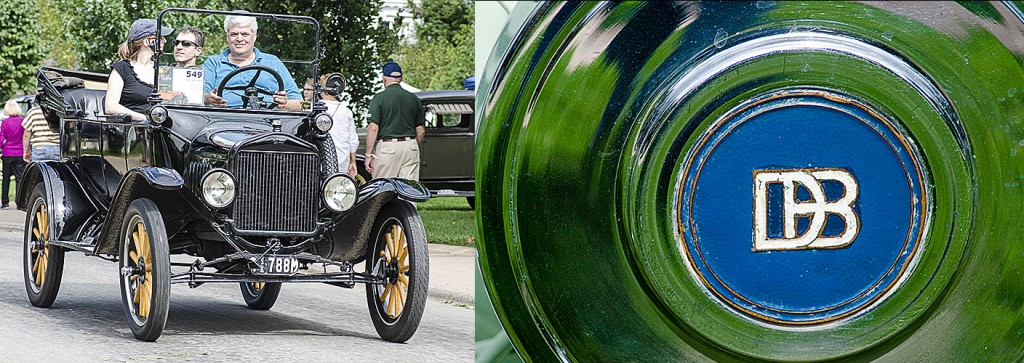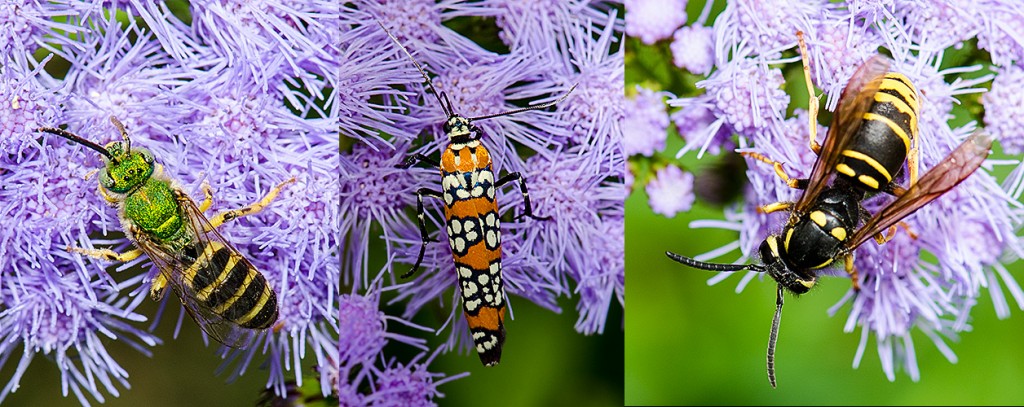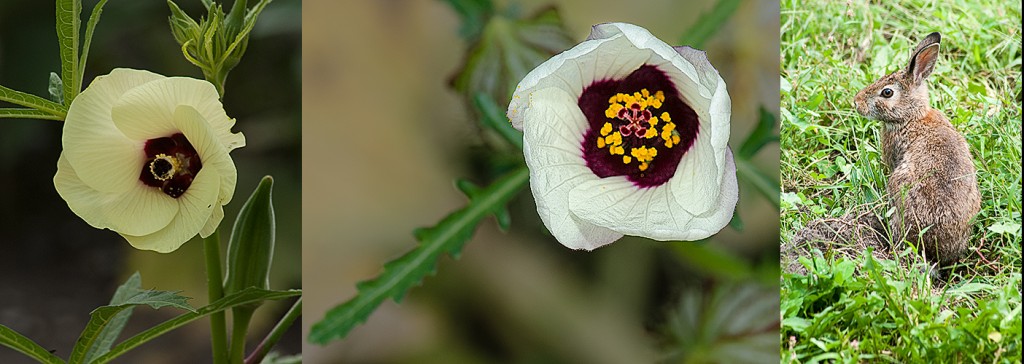I recently attended the annual Old Car Festival at Greenfield Village in Dearborn Michigan. Henry Ford founded Greenfield Village as an ideal American village and collected historic homes and shops from around the world to fill it. The Old Car Festival attracts hundreds of cars built before 1933. Photographing, and just experiencing these antique vehicles is exciting and the Village is also a great place where you can spend the day in nature.
On my way to the village, I visited my dentist in Ferndale. As I drive to his office, I spot a group of stinkhorn fungi and after my appointment, I walk down to see them. They are Stinkhorns (Phallus rubicundus) and I photograph them with my cellphone. Their smell reminds me of rotting meat but I see no flies or other insects around them this morning. Flies feed on the slime that covers the surface and contains the spores. Flies transport some spores to other locations and the remaining spores fall to the ground, increasing the colony’s size. This group grows in landscape mulch between the street and sidewalk.
Arriving at the Village, I walk down to the herb garden. Golden Northern Bumble Bees (Bombus fervidus) pollinated the zinnia plants. They move sluggishly in the cool morning air, more hopping than flying from flower to flower. Their head is a pale yellow and their body is pale yellow with black bands.
Several Great Black Wasps (Sphex pensylvanicus) are busy pollinating the mints. They fly quickly in spite of the cool morning air, feeding on nectar. I cautiously approached these 25mm (one inch) long insects in order to get a photograph. They are not aggressive but I treat them with respect.
A Digger Bee (Melissodes sp.) suns itself on a leaf, waking up from a night’s sleep. Female bees return to the nest at night but males often sleep in groups outside of the nest and are sometimes found in the evenings clinging to a leaf. They are also called sleeping bees. These hairy little bees burrow underground for their nests and I discover an opening to a subterranean nest along the brick pathway.
In the Burbank Garden, there is a large clump of Wild Ageratum (Conoclinium coelestinum) with a day flying Ailanthus Moth (Atteva aurea) feeding on it. This small but pretty moth was once limited to southern Florida, where it fed on Paradisetree. When the related, non-native, Tree-of-Heaven (Ailanthus), was planted into its range the moth found a new food source and spread northward. People who are not interested in nature often point this unique moth out to me.
I focus my camera on the Wild Ageratum and patiently wait. Several pollinators appear. Splendid Green Metallic Bees (Agapostemon splendens), Leaf Cutter Bees (Megachile sp.), and Eastern Yellowjackets (Vespula maculifrons) fly onto the flower. Goldenrod Soldier Beetles (Chauliognathus pennsylvanicus) visit the plant. All these insects show up in just ten minutes. I often just stand still by a blooming plant and wait to see what comes by.
An English perennial garden with a twist surrounds Cotswold Cottage. The twist is several Michigan native plants grow in it including Thin-leaf Coneflower (Rudbeckia triloba). It resembles a short-rayed Black-eyed Susan (R.hirta). Pinkish Aphids (Uroleucon sp.) feed on several native coneflower species. Aphids suck the juices of living plants and can be pests in the garden. Bald Face Hornets (Dolichovespula maculata) swarm over Fennel (Foeniculum vulgare) flowers, caressing each flower cluster. By mid-afternoon, a Cross Orbweaver (Araneus diadematus) is building a web for its evening of hunting. The web’s guidelines are completed and the spider is laying down the sticky interior crosslines.
At Firestone Farms, Okra (Abelmoschus esculentus) grows in the field along with its pretty cousin Flower-of-an-hour (Hibiscus trionum). Both are in the Hibiscus Family (Malvaceae) and they resemble each other. Flower-of-an-hour is an accurate common name for this plant with short-lived flowers. Also inhabiting the garden is an Eastern Cottontail. She is a little wary but can be approached with caution as she feeds on garden weeds, dandelion leaves are her favorite.
As I walk around Greenfield Village today, I subconsciously identify the natural world that surrounds me. Burr Oaks and Black Walnuts are fruiting. Double-crested Cormorants silently pass overhead. This was a rare species in the 1970s after DDT in the Great Lakes food chain crashed their numbers. However, it has recovered and I now often see them inland from the big lakes. On the pond by the craftworks a Mallard x Black hybrid duck floats. This is the most common duck hybrid in the Great Lakes region and I see more hybrids than pure Black Ducks.
Humans are part of Nature whether or not we acknowledge her. Nature does not just exist “out there” in some distant wilderness area. In Joel Sartore’s book Rare: Portraits of America’s Endangered Species, he comments, “Each [species] sings a unique verse about its place in the world, but the chorus is the same: Most are in serious trouble. As animals ourselves, this should make us nervous.” We are interlinked with nature, her future is our future. As I learn more about the natural world, I come to understand that the intricate weavings of her web-of-life are still largely unknown. They are simply too complex. When we alter one aspect, it is almost impossible to predict how this change will impact the environment and us.
Copyright 2014 by Donald Drife
Webpage Michigan Nature Guy
Follow MichiganNatureGuy on Facebook







